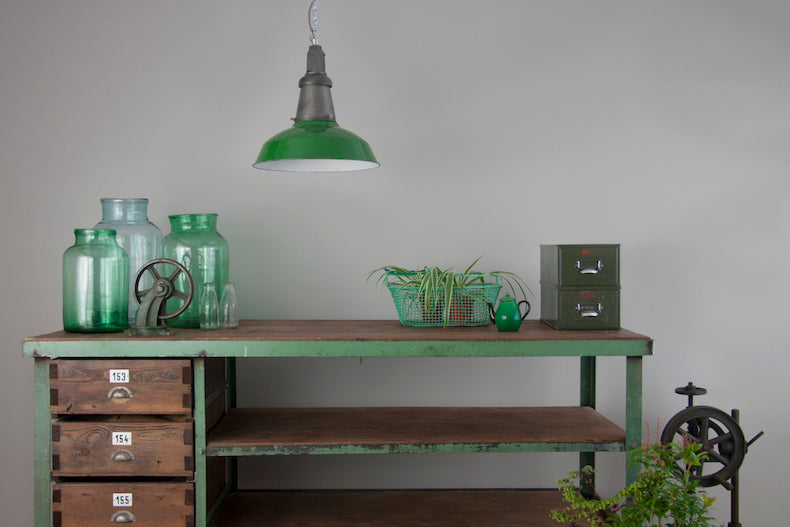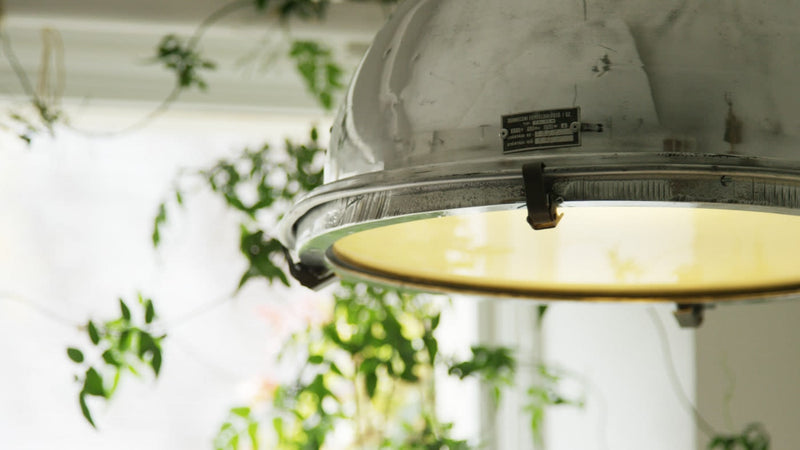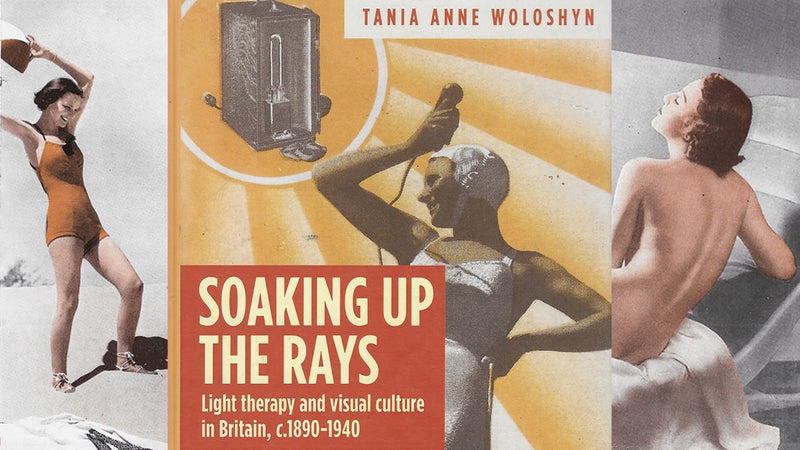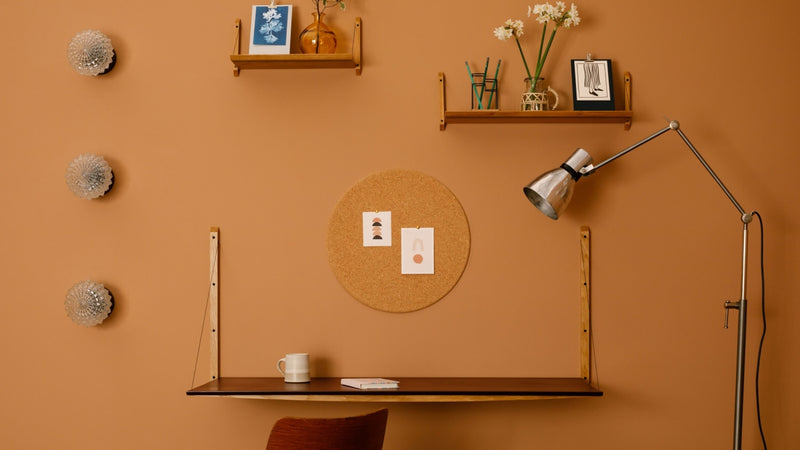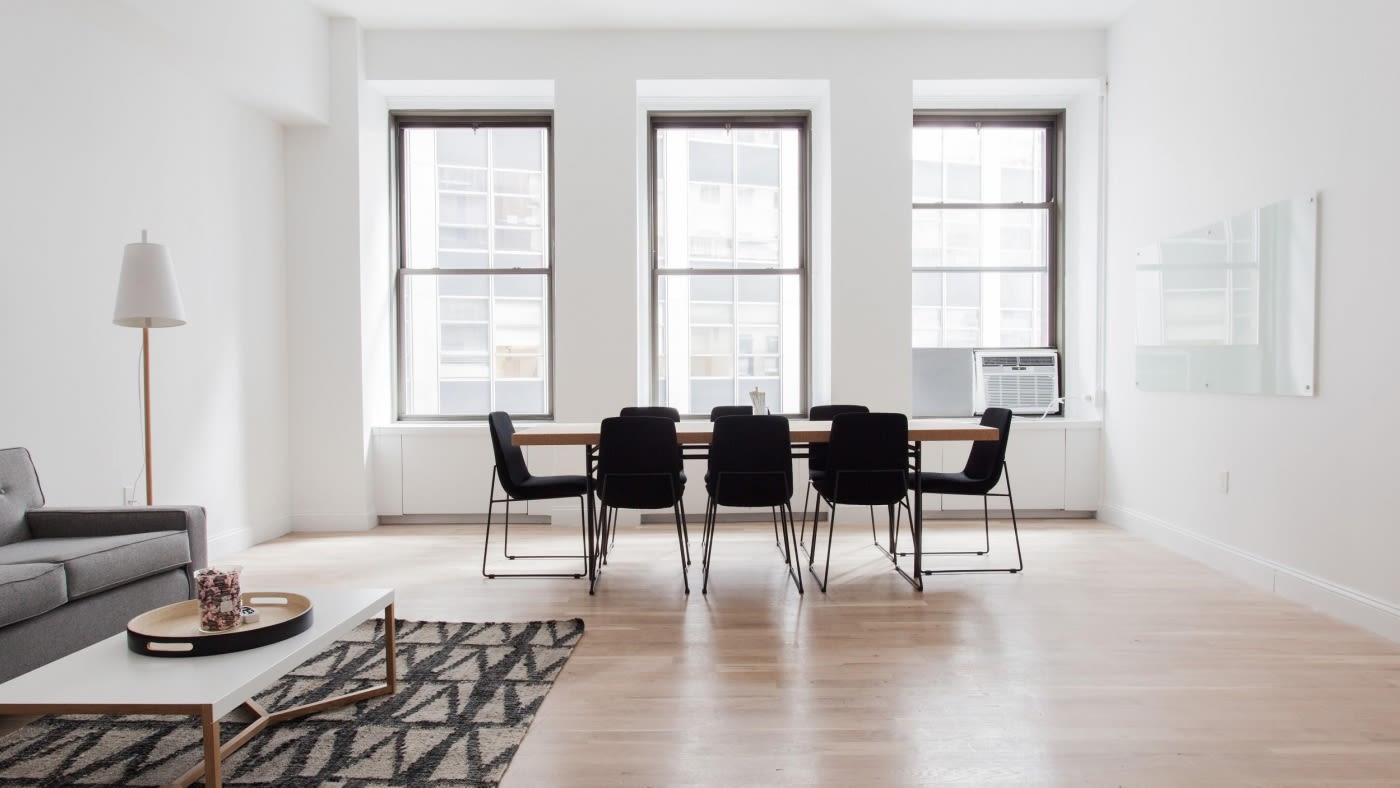
Minimalism in Practice
Minimalism emerged as an art practice in 1960s New York - where artists sought to go against the norm and design pieces at odds with the traditionally busy expression of the time. They redefined their approach to design, experimenting with ways to strip back colour and complexity while still retaining the stylish aesthetic that artists of the time were known for.
When transferring these same minimalist ideals to the art of interior design, the core principles remain the same: focus on texture, clean-cut lines and spacious settings to create a minimal aesthetic that oozes style, sophistication and class.
If you’re looking to take your own home from maxed out to minimal, it can be difficult to decide what should stay and what should go - so today, we’re helping you make up your mind by exploring a number of ways you can bring this iconic design theme into your own home this year.

Utilise a soft and consistent colour palette
At the core of minimalist interior design is the use of soft and consistent colouring throughout the home. White should be your go-to shade, enabling you to lay out a blank canvas to build upon with interest, texture and colour. Combine soft shades like blush pink with natural tones of wood to strike a clean, organic and harmonious balance. This way, you can also create a cosy palette to build upon with strategic splashes of colour. While you shouldn’t introduce eclectic colours en masse, injecting a small amount of a bright colour - such as orange in your chairs, or a green enamel pendant light in your kitchen - will keep the space looking modern without taking away from the stripped-back concept.
In minimal bathrooms, black can look equally at home - especially when paired with white in elements such as your sink and towels. Incorporate large floor tiles and wall tiles in plain, complementary designs for the best effect. Large, square interior features create lines that contribute to the minimal aesthetic, thanks to their geometric shape and substantial size - while smaller or patterned tiles instead create a busier look. Layer with white and wood tones and introduce some houseplants to add an organic touch to the space.
Greenery should be brought into other areas of the home, too, to prevent the style from becoming too sterile and to give the space a natural touch. It can be as simple as placing a bouquet of flowers on your table or as impactful as a 4ft cactus feature, but be sure you don’t go overboard with plants - ‘less is more’ certainly applies here.
Use tasteful textures to add interest 
Once your colour palette is in place, it’s important to gradually build each layer of the room up using an array of textures, as doing so ensures the space doesn’t lack interest and gives your house that all-important homely feel - rather than having the impersonal atmosphere of a showroom. Make the most of texturous materials like wood, wool and linen to warm up the space and combine with clay, pottery and porcelain accessories for a subtle and elegant arrangement of textures. These elements combined will make your minimal home feel inviting and interesting, instead of dull and dreary - and they also offer you the chance to add some subtle shades to your palette and a pinch of colour complexity to the environment.
Make space a tool
In the world of minimalism, it’s widely acknowledged that space can be your biggest and best asset - you should consider space a tool, and avoid filling space for its own sake at all costs. Remove any of your largest furnishings that have lost their appeal or practical value, like oversized but underused sofas or clunky kitchen tables that are rarely utilised - anything that you now see as taking up space rather than taking advantage of it. Use this newfound room to highlight accent colours and sharp lines - decluttering shelves and surfaces to create a harmonious pairing that complements your minimal textiles and textures.
Play with patterns and shapes
Playful patterns and shapes add charm to any minimalist home, whether that’s through wall art, lighting or furnishings. Art is a staple of most home designs, and can easily be brought into minimal styles to add an exciting creative burst. The art you choose should be simple and sleek - and if possible, cohesive from room to room in terms of style, colour or content, to avoid overpowering the space. Stick to a couple of pieces per room, so that the end result is open and elegant rather than crowded or overbearing.

Lighting offers an innovative way for you to involve shapes in the overall look of your home. You could use lighting that utilises layers like ribbing, or opt for geometric looks to make for a visually interesting, albeit minimal, feature.
As a concept, it may seem entirely clean-cut, but minimalism in practice is not as simple as it looks. Picking and choosing the essential elements necessary to create a minimal aesthetic can require a lot of time and expertise. Those not familiar with this modern style can sometimes view it as cold or overly conservative, but, when the right elements are combined, minimalism can be both cosy and classy - so work your way through our beginner’s guide and you’ll be well on your way to creating a calming and uncluttered haven this year.
You might also like
Our journey to becoming B Corp certified
We’re leading the lighting industry joining a global movement of companies using business as a force for good.
SustainabilityA history of heat lamps
From the Ancient Egyptians to modern-day uses - Dr. Tania Woloshyn traces the fascinating medical history of our heat lamps.
Lighting HistoryHome working desk and lighting giveaway
Celebrating the launch of our Home Working Lighting collection, we’ve teamed up with hand-crafted furniture brand Less is Better for a special giveaway.
Stuff We Love